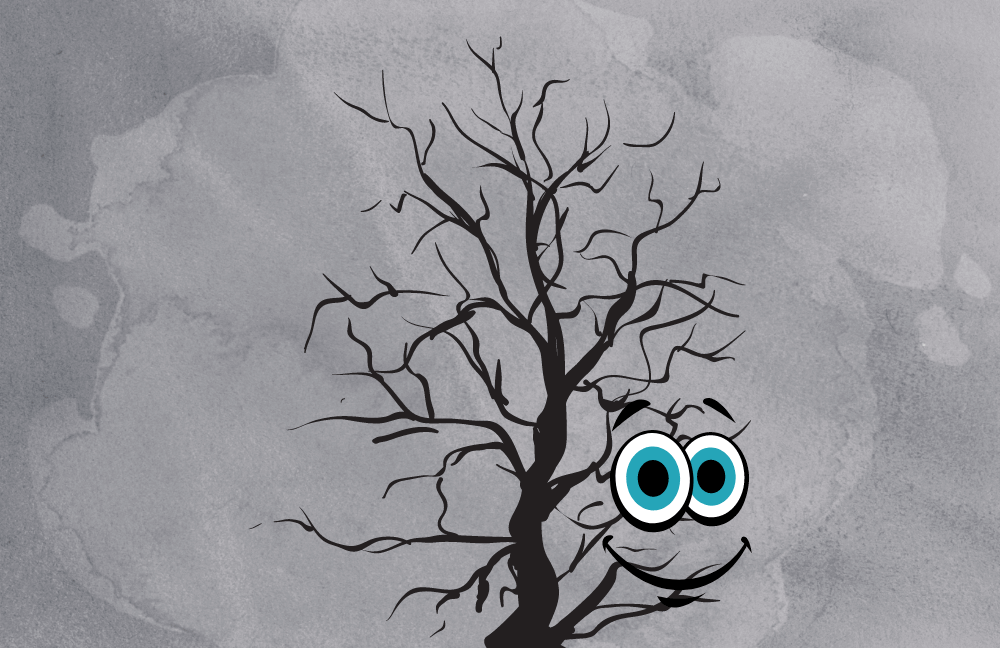Borderline Personality (BPD)
What is BPD?
Borderline Personality Disorder (BPD) is a symptom cluster illustrated by unstable interpersonal relationships, impulsivity with risk-taking behaviors, and difficulties in emotion regulation. Primarily, a negative self-concept gives rise to continuous feelings of emptiness, which contribute to persistent fear of abandonment, with a resultant bad mood or depression. Individuals with BPD are less trusting, and occasionally appear paranoid too.
They also have overwhelming emotional reactions accompanied by out of body or dissociative mood states. Many people with BPD have a history of repetitive self-injurious or suicidal behavior, and one out of 10 are known to complete suicide. Their lifestyle is observed to be dangerous and unpredictable, and they are often labeled as ‘fast and furious’ by those who know them closely.
Association with a BPD individual is an incessant emotional roller coaster. The tumultuous see-sawing of emotionality makes BPD a challenging management proposition for family, friends, caregivers, as well as treating professionals. The term “borderline” is based on an old theory that this condition lies on a border between psychosis (loss of touch with reality) and neurosis (feelings of anxiety, depression and emotion dysregulation) but today we don’t follow that attribute. We frequently use the term Emotionally Unstable Personality Disorder (EUPD) these days to describe these symptoms.

Is BPD a Serious Problem?
What Causes BPD?
Like most psychological conditions, BPD does not have one pinpointed cause, but a combination of genetic, biological, psychological and social factors do contribute to the final outcome of a BPD persona. BPD individuals tend to have family members with similar impulsive and emotionally unstable personality traits. Brains of these individuals are prone to serotonin neurotransmitter deficits, likely responsible for the reckless and impulsive tendency. Hence a genetic basis seems sound.
Needless to say, traumatic experiences in childhood (abuse in any form, or neglect) leave lasting imprints in the mind, which generate an innate fear of rejection. A whopping 25% of all BPD individuals report sexual abuse in childhood from a caretaker. Such people never cease to have expectations of reliability and trustworthiness; but the pit of their insecurity is bottomless and never seems appeased with any relationship, no matter how much assurance and security is offered.
People with BPD have “mistrustful inner working models” which make them perceive the world as deceitful and rejecting. They drive away the very people they want to stick with, by hounding them. While the truth remains that such behavior could be reported by individuals without BPD too, the underlying psychological vulnerability in some individuals results in expression of the entire syndrome cluster which can be quite distressing.
Symptoms and Diagnosis of BPD
BPD: Emotionality
- Reactivity in mood (swings)
- Intense episodic bad mood
- Frequent frustration spells
- Recurrent display of temper
- Inappropriate anger parades
- Persistently feeling ‘empty’
BPD: Impulsivity
- Excessive spending behavior
- Irresponsible and unsafe sex
- Uncontrolled (binge) eating
- Suicidal threats/ attempts
- Self-mutilation when angry
- Cannot delay gratification
BPD: Relational Turmoil
- In and out of relationships
- Can’t respect personal space
- Insecure attachment style
- Fear of abandonment
- Sense of incompleteness
- Exaggerated dependency
BPD: Cognitive Signs
- Feeble attention span
- Unsympathetic, insensitive
- Disorganized, chaotic mind
- Slow to grasp or learn much
- In and out of tasks rapidly
- Long term memory deficits
It is important to observe that all of the above signs associated with antisocial personality are contextual to the people on whom the physical and psychological pain is inflicted. People with antisocial personality disorder tend to have few symptoms themselves. They have intriguing and unfortunate histories of their childhood. But the discomfort or distress they inflict on others through their socially unacceptable behavior, is magnanimous.
Management of BPD
Management of BPD requires accomplishment of a set of hierarchical goals. Understandably, life-threatening behaviors are always on the top of the list. A combination of cognitive, emotive, and behavioral approaches is known to help. Psychotherapy in BPD focuses on changing negative views of others, and the world at large as well as building empathy. Cognitive techniques like CBT (Cognitive Behavioral Therapy), REBT (Rational Emotive Behavior Therapy), ACT (Acceptance and Commitment Therapy), Humanistic techniques like EFT (Emotion focused Therapy) to name a few; all work on dysfunctional thoughts, emotions and behaviors that contribute to unreasonably negative perceptions of the world and the self.
The tenets of Dialectical Behavior Therapy (DBT) include mindfulness, distress tolerance, regulation of emotions and interpersonal effectiveness. This is a customized Cognitive Behavioral Therapy (CBT) designed exclusively for BPD to instill mindfulness and stress tolerance, lower impulsivity, and enhance interpersonal effectiveness through social skills training.
Mentalization Based Therapy focuses on attachment styles and tries to rebuild a base to cover the bottomless pit of insecurity. When relationships are perceived as secure, the resultant emotional upheavals in response to perceived rejection are avoided. Transference focused psychotherapy on the other hand is an emotional healing process that delves into subconscious and unconscious automatic reactions that need to be interpreted by the therapist. A strong therapist-client relationship, and commitment is imperative for any technique to show effect.
Therapy Goals in BPD
- Inculcate a sense of completeness
- Generate compassion for the self
- Lower demandingness and self-focus
- Lessen rejection hyper sensitivity
- Identify negative, irrational thoughts
- Defy distorted, harmful expectations
- Build on compassionate empathy
- Inculcate logical problem solving
Targeted Outcomes in BPD
- Improved interpersonal relationships
- Superior adaptation to most crises
- Enhanced tolerance to frustration
- Greater resilience and stress coping
- Assertiveness, communication skills
- Awareness of negative automatisms
- Reclaimed self-confidence/ esteem
- Realistic emotional and life goals
MINDFRAMES role in BPD
Several time-tested and evidence-based psychotherapy techniques are available for BPD management, but the final approach must always be customized to the individual’s needs. Treatment is challenging, but a committed therapist-client duo can make self-change happen, with significant reduction in self-harm, suicidality, impulsivity and other symptoms.
Psychotherapy is for everyone because nobody can be free from stress, uncertainty and insecurity; all of the time. As a psychiatrist and psychotherapist practicing distinctive therapies, Dr Shefali guides you through cognitive, mindfulness and neurobehavioral milestones to help you think, feel and behave more purposefully. How you feel matters. You should do something about it




References
- Miller, C. E., Townsend, M. L., Day, N., & Grenyer, B. (2020). Measuring the shadows: A systematic review of chronic emptiness in borderline personality disorder. PloS one, 15(7).
- Bozzatello, P., Bellino, S., Bosia, M., & Rocca, P. (2019). Early Detection and Outcome in Borderline Personality Disorder. Frontiers in psychiatry, 10, 710.
- Wilson, S., Stroud, C. B., & Durbin, C. E. (2017). Interpersonal dysfunction in personality disorders: A meta-analytic review. Psychological bulletin, 143(7), 677–734.
Latest Posts

7 Reasons Why You Should Seek Therapy

7 Questions About Workplace Stress Answered

5 Ways To Deal With A Toxic Coworker

Science of Happiness: 1000s Of Years Of Research


